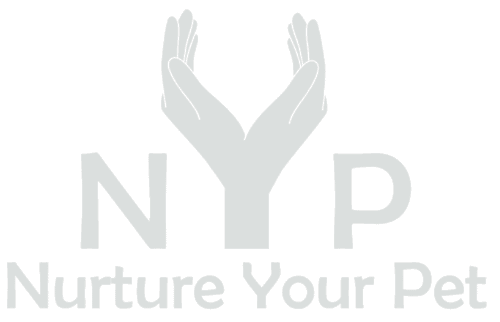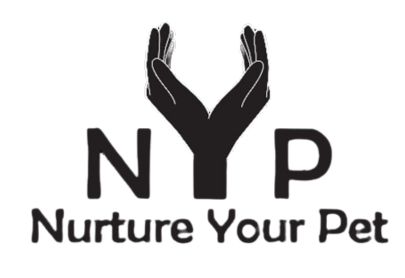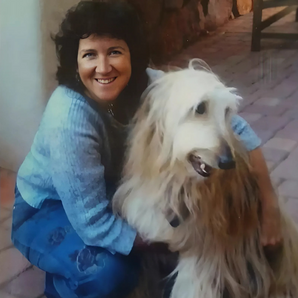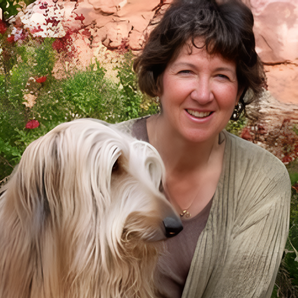In this blog post, we will explore what it is that your dog can teach himself, and how you can use positive reinforcement and natural canine instinct to your advantage when it comes to training and behavior modification. We will also discuss some of the more common things that your pup can learn, such as potty training, crate training, separation anxiety, and housebreaking. By the end of this post, you will have a better understanding of canine intelligence and a better idea of the things your pup can teach himself.
Using Positive Reinforcement to Train Dogs
Dogs are amazing creatures, and they can learn a lot of complicated behaviors if they're given the right training. Unfortunately, punishment-based methods are often ineffective in training dogs, and can lead to frustration on both sides of the fence. Positive reinforcement, on the other hand, is a great way to reward good behavior and reduce fear and aggression in dogs.
To use positive reinforcement effectively, it's important to keep training sessions short and fun. If you push your dog too hard too quickly, he may not be able to learn the behavior you're trying to teach him. Also make sure that you provide regular rewards and recognition when needed – without them, your dog may lose interest in learning new things.
With patience and consistency, your dog will easily be able to learn how to do amazing things – like rolling over and playing dead – with proper training. And by establishing trust and respect between you two, positive reinforcement can be a cornerstone of a strong relationship between you and your pet.

What Canines Can Learn on Their Own
Dogs are known for their loyalty and love, but did you know that dogs can learn on their own? In fact, some breeds of dogs are more likely than others to be 'self-taught'. This means that they don't need to be trained with verbal commands or hand signals – they understand and respond to basic commands and cues simply by observing and learning from their environment.
While this capability seems straightforward, it actually requires a lot of intelligence on the part of the dog. For example, dogs can learn how to follow commands such as 'sit' or 'down' without being explicitly taught. They can also solve problems – for example, figuring out how to open a door – and exhibit signs of intelligence such as problem solving, understanding language, and even creativity.
One way that people can encourage their dogs to learn new things is by engaging and interacting with them in positive ways. When you provide your dog with positive reinforcement (rewards like treats), they will begin to associate learning activities with positive experiences. This makes it easier for them to learn new things on their own in the future!
Another way that people can help teach their dog human communication skills is by participating in interactive play sessions together. This helps your dog develop an understanding of human communication patterns while having fun at the same time. As your dog becomes more fluent in human speech, you'll be able to have much richer conversations with them - making them better companions overall!
How Dogs Pick Up New Tricks and Behaviors Easily
Dogs are amazing animals, and they're able to learn new behaviors quickly and easily. In fact, dogs are often able to learn more complex tasks than most humans can within a short period of time. This is due in large part to the fact that dogs have a lot of sensory intelligence – they're able to pick up on subtle cues and behaviors that humans can't see or understand.
One of the main ways that dogs are able to learn new behaviors is by observing their owners and other family members. When your dog sees you perform a certain task – such as fetching a ball or taking your dog for a walk – he will start to understand what you're doing and will be more likely to try it himself in the future.
Another key factor in dog learning is positive reinforcement. This means rewarding your dog each time he succeeds in learning something new, whether it's performing a trick or behaving politely around other people or animals. This helps to cement the behavior into his memory, making it easier for him to repeat it later on without having any negative consequences attached.
In order for you take an active role in training your pup, it's important that you set some guidelines from the beginning. This will help ensure that everything you do together is consistent and helps your dog understand what is expected of him at all times. Training should always be fun for both you and your pup, so make sure to take things slow at first until your dog has mastered the basics!
Harnessing Your Dog's Natural Instincts for Training And Behavior Modification
Training and behavior modification can be a challenging task, but it can be made much easier. Dogs are natural learners, and by harnessing their instincts and environment, you can create a trusting and respectful relationship between pet and parent. By understanding your pup's behavior and training methods in a holistic way, you'll be able to create successful habits that will last for years.

To begin training your dog, begin by teaching them a natural behavior that already is embedded in their instinct. This could be anything from house training to basic manners – everything that your pup is supposed to do but may not know how to do yet. Use positive reinforcement (such as treats or verbal praise) along with exploration (such as taking your pup for walks or playing games together) to help embed this new behavior into your pup's mind. Make sure that you give your dog ample opportunity to succeed – don't force them into new behaviors if they're not interested in trying them out.
Once your dog knows the basics, it's time to introduce new tricks or behaviors that challenge them while keeping their interest peaked. Be sure to vary the challenges so that they don't get bored or repetitive – after all, dogs love variety! It's also important to keep in mind potential stressors such as noisy environments or sudden changes in routine – these can negatively affect dog behavior. If something isn't going well during training sessions, take some time for yourself so you can come back with fresh eyes and a renewed enthusiasm for training. With patience and consistency on your side, you'll have success Training Your Dog Like a Pro!
Conclusion
Dogs are incredibly intelligent creatures, and with the right training, they can learn some amazing things. Positive reinforcement is a great way to reward good behavior and encourage learning in dogs. Additionally, dogs are often able to learn new behaviors on their own by observing and understanding their environment. Finally, by harnessing their natural instincts and providing plenty of rewards along the way, you can create successful habits that will last for years. With patience and consistency, you can have success training your dog like a pro!
Discover our Pet Tips Blog for practical advice on pet care, including preventive measures, health concerns, nutrition guidance, and overall well-being tips for your furry friends.







